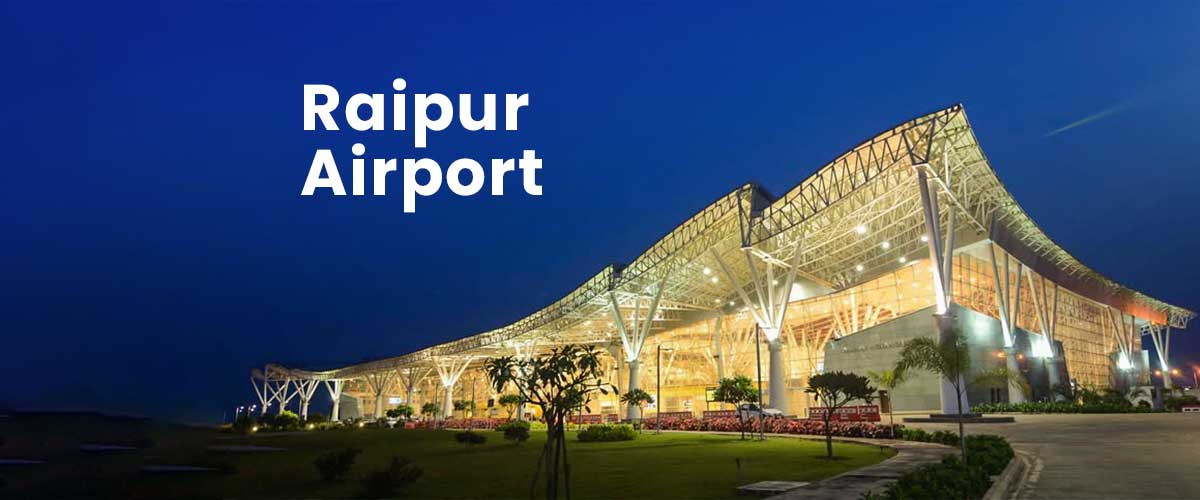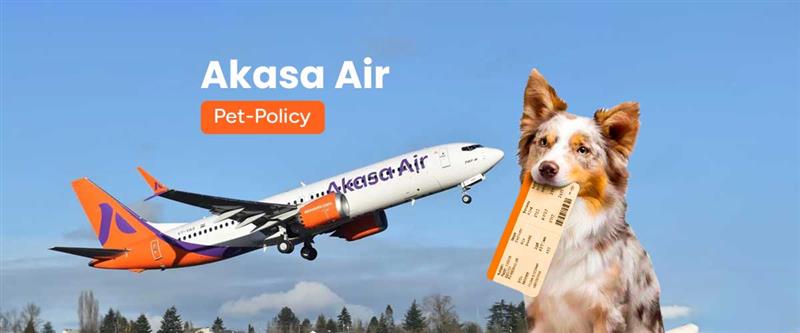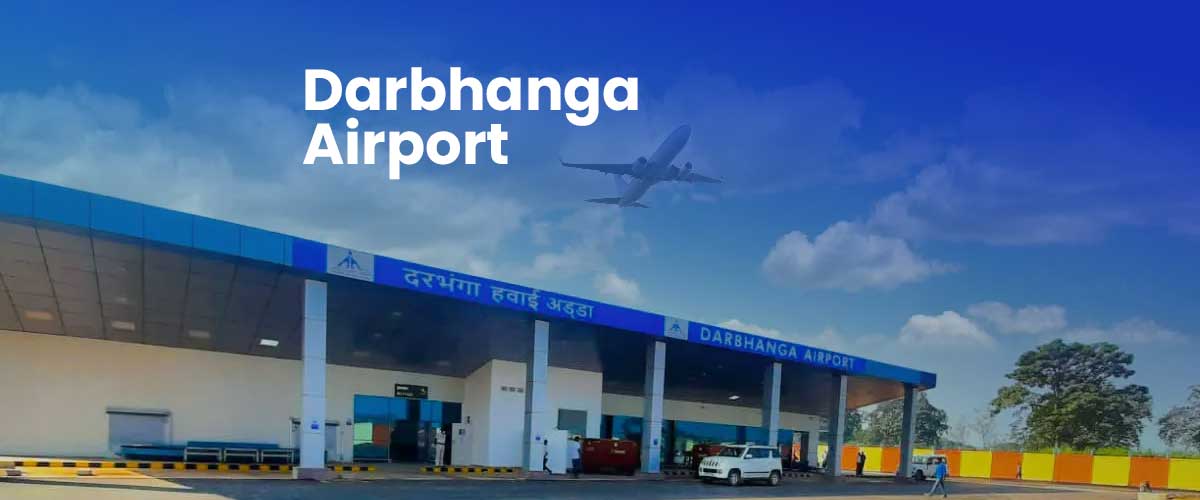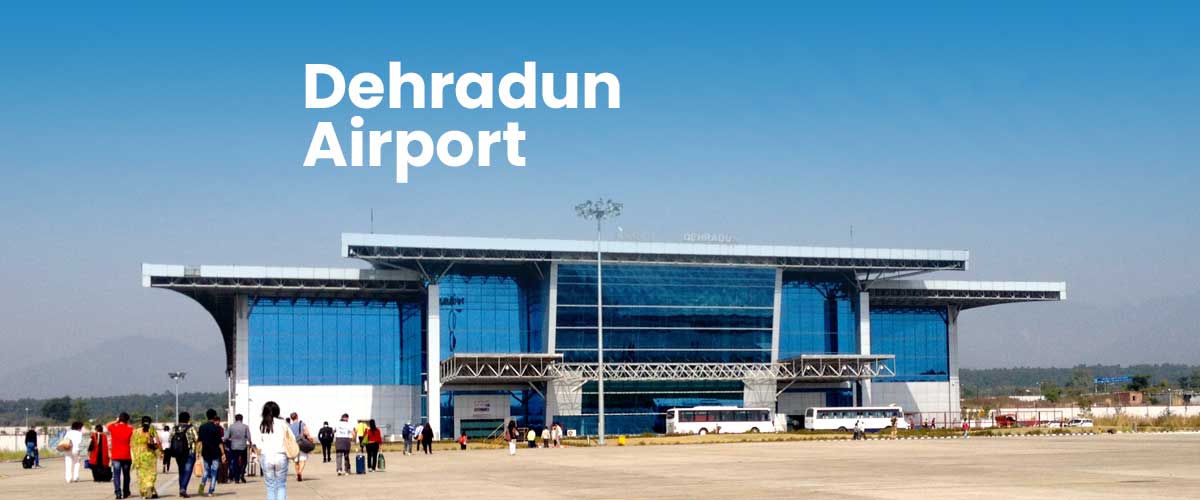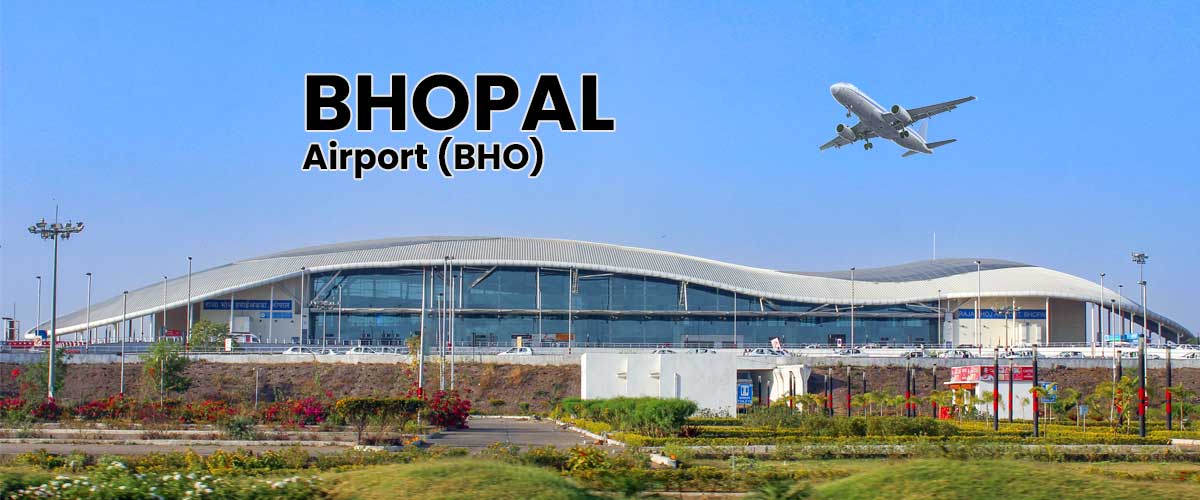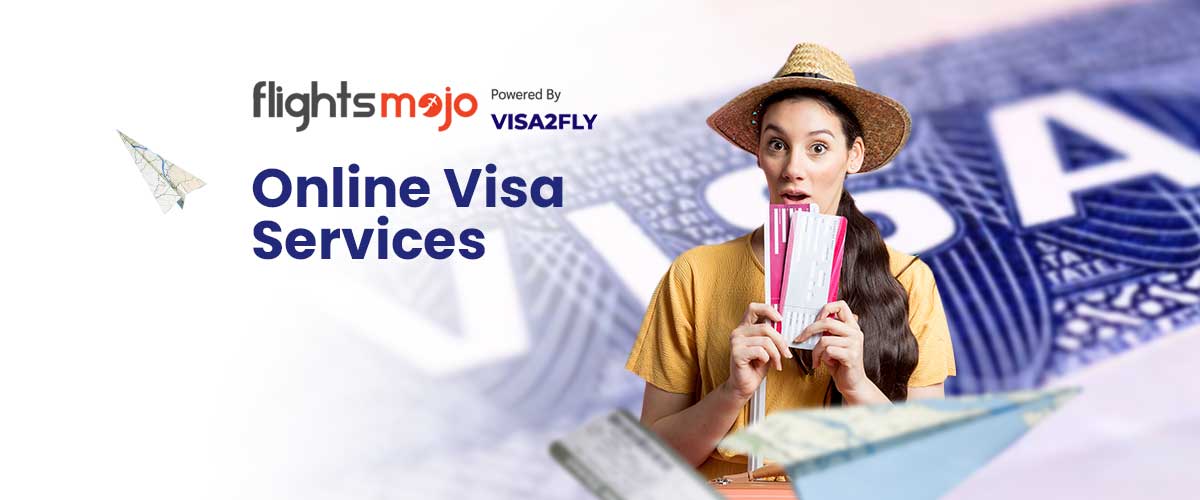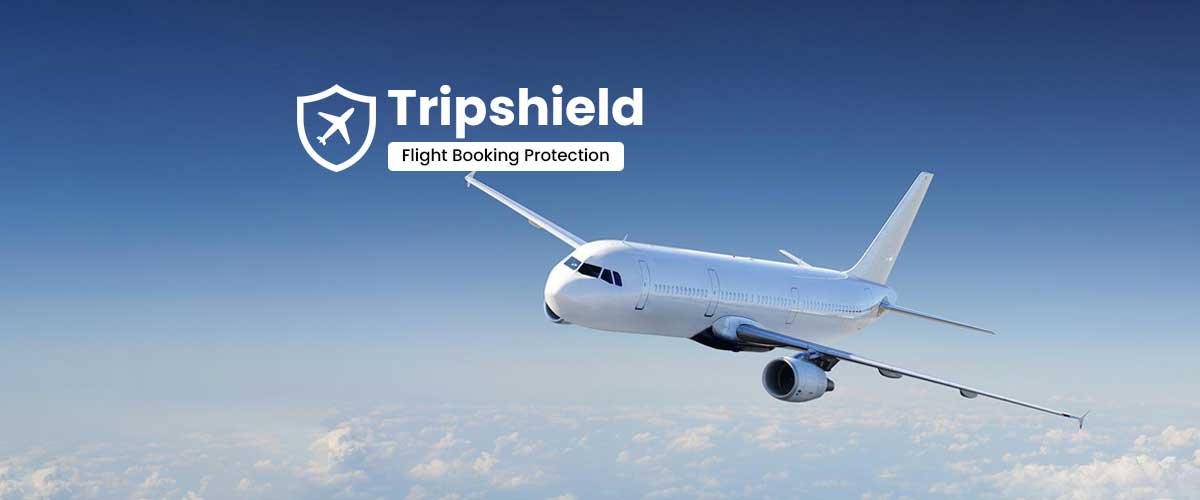Life doesn’t always go as planned. One moment, you’re preparing for a long-awaited trip and the next is unexpected events like sudden illness or a family emergency can delay your journey. As the frustration grows when tickets are non-refundable while leaving travelers with no financial recourse.
Understanding fare types refundable versus non-refundable is essential, as it affects your travel experience, budget and peace of mind.
Making an informed choice can save money and reduce stress and for those opting for non-refundable fares as solutions like FlightsMojo’s Trip Shield provide protection against unforeseen disruptions.
Not all flight tickets are created equal. When you’re booking a flight, the fare type you select can make a huge difference if life throws you a curveball.
Refundable fares provide flexibility, allowing you to cancel or reschedule your trip without losing a lot of money.
Non-refundable fares are cheaper upfront but they come with stricter conditions which means there’s a financial risk if your plans change.
It’s not just about how much you pay; it’s about balancing convenience, flexibility and protection. Travellers who understand their options can plan smarter, avoid frustration and make their journey smoother from start to finish.
Let’s dive deeper into each fare type so you can make the choice that’s right for you.
Refundable fares are exactly what they sound like , tickets that let you to cancel your flight and get a full or partial refund. These fares are perfect for travellers who know there’s a chance their plans might change.
For example, you might have a work commitment that could get rescheduled or you might be booking a flight for a family event that depends on someone else’s availability. With a refundable ticket, you can adjust your plans without losing the entire cost of your flight.
Yes, refundable tickets usually come with a higher price tag but the extra cost is essentially buying peace of mind. Airlines process refunds for these tickets in a straightforward way, though some may have small administrative fees. Overall, refundable fares give travellers the flexibility to navigate life’s unpredictabilities without financial stress.
Refundable tickets aren’t just for indecisive travellers , they’re a smart choice for many situations:
Essentially, anyone who values flexibility and wants to avoid the stress of strict non-refundable restrictions can benefit from choosing refundable fares. It’s about having options when life throws unexpected challenges your way.
Non-refundable fares are a lower-cost option for travellers who are confident in their travel plans. These tickets cannot be cancelled without losing the fare, so they come with more restrictions but a smaller upfront cost.
For travellers with fixed schedules, non-refundable fares are ideal. They’re also popular with budget-conscious travellers who want to save on airfare. Even though there are limitations, these tickets still guarantee a seat on the flight you want, making them a reliable choice when your travel dates and commitments are firm.
The main downside of non-refundable fares is the financial risk. If something goes wrong , illness, transport delays or emergencies , you could lose the full ticket price. Even minor schedule changes often come with additional fees and many travellers underestimate these risks. What seems like a simple, budget-friendly choice can rapidly turn into a stressful and expensive situation if the unexpected happens.
Non-refundable fares are perfect when you’re sure your plans won’t change. But for those who need a safety net, booking these tickets without added protection can feel risky.
Choosing between refundable and non-refundable fares is essentially a balance between cost and flexibility.
The right choice depends on your personal priorities. If you prefer security and the ability to change plans, refundable fares make sense. If you’re confident your schedule is fixed and want to save money, non-refundable fares are a smart pick , especially when paired with protection like Trip Shield.
This is where FlightsMojo’s Trip Shield comes in. It’s designed to bridge the gap between affordability and protection. By opting for Trip Shield, travellers can enjoy the benefits of non-refundable tickets without the stress of losing money if their plans change.
With Trip Shield, non-refundable fares become a smart, protected choice. It’s like getting the best of both worlds , keeping your costs low while still safeguarding your investment.
Trip Shield covers the base fare and airline taxes if you’re unable to travel due to qualifying emergencies. Filing a claim is straightforward , you simply provide supporting documentation like medical certificates, employer letters or government-issued notices. FlightsMojo reviews the claim, confirms eligibility and processes refunds directly.
This coverage isn’t limited to one type of emergency. Whether it’s a sudden health issue, an accident, a home emergency or a travel delay, Trip Shield gives you the confidence to book without fear of losing your money. It makes non-refundable fares feel almost as safe as refundable ones, letting travellers enjoy affordability without unnecessary worry.
Imagine this: You’ve booked a non-refundable ticket for a family vacation but a week before your trip, you come down with the flu. Without Trip Shield, that ticket is lost. But with Trip Shield, you can claim your fare back and rebook your trip later, avoiding a total loss.
Or picture a business traveller whose meeting gets postponed at the last minute. With refundable fares, changes are simple but come at a higher cost. With Trip Shield, even non-refundable fares can offer similar peace of mind at a lower price.
These real-life examples show how understanding fare types and having the right protection can save you time, money and stress.
Booking a flight isn’t just about getting from point A to point B. It’s about making choices that fit your lifestyle, budget and comfort level. Understanding fare types helps travellers plan smarter and feel more secure.
For many, the difference between refundable and non-refundable fares can be the difference between a smooth, worry-free journey and a stressful, expensive mistake. Adding Trip Shield into the mix means even budget-conscious travellers can protect themselves against unforeseen events which gives everyone a sense of security.
Choosing between refundable and non-refundable fares depends on your priorities while schedule stability and risk tolerance. Refundable fares give peace of mind but at a higher cost while non-refundable fares are perfect for travellers with firm plans. With FlightsMojo’s Trip Shield, non-refundable fares become a protected option, allowing travellers to enjoy affordability and safety at the same time.
Understanding fare types and leveraging tools like Trip Shield makes planning your journey easier and stress-free. Whether you’re travelling for business, leisure or emergencies, FlightsMojo ensures you can book confidently, knowing you’re covered every step of the way.
Travel smart, stay protected and enjoy the journey , FlightsMojo is here to support you.
1. What is the main difference between refundable and non-refundable fares?
Refundable fares allow cancellations or changes without losing the ticket cost, while non-refundable fares are cheaper but cannot be refunded if plans change.
2. Can I change the date of a non-refundable ticket?
Yes, but most airlines charge fees or restrictions. Trip Shield can help recover costs in case emergencies prevent you from traveling.
3. Does Trip Shield cover illness or injury before a flight?
Yes, if you or an immediate household member falls ill or is injured, you can apply for a refund through Trip Shield with valid documentation.
4. Are pre-existing medical conditions covered under Trip Shield?
Yes, but only if the condition unexpectedly worsens after booking and prevents you from traveling.
5. Can Trip Shield help if my connecting flight is canceled?
Yes, Trip Shield covers major disruptions of connecting flights that prevent you from boarding your booked flight.
6. Does Trip Shield cover home emergencies like fire or burglary?
Yes, if a serious home emergency occurs within 48 hours of departure, you can claim a refund through Trip Shield.
7. Is Trip Shield applicable for family emergencies?
Yes, Trip Shield covers unforeseen serious family emergencies that prevent you from traveling.
8. Do I need special documentation to make a Trip Shield claim?
Yes, official documentation such as doctor certificates, police reports, or employer letters is required to process a claim.
9. Does Trip Shield cover pregnancy-related complications?
Yes, unforeseen complications after booking are covered, though normal pregnancy or routine check-ups are not.
10. Are workplace issues like sudden job loss included in Trip Shield?
Yes, unexpected redundancy or compulsory relocation can make you eligible for a refund under Trip Shield.
11. Can I claim Trip Shield if public transport fails on the way to the airport?
Yes, delays or cancellations of buses, trains, or ferries are included, provided official proof is submitted.
12. Are natural disasters like floods or storms covered under Trip Shield?
Only if the government issues official travel warnings that restrict movement; general bad weather is not eligible.
13. Does Trip Shield protect against jury duty or court summons conflicts?
Yes, mandatory jury service or witness summons are covered, allowing travelers to recover fares if they cannot fly.
14. Is Trip Shield refundable if my travel plans change voluntarily?
No, voluntary cancellations or changes in personal preference are not covered.
15. How soon should I submit a Trip Shield claim after a qualifying emergency?
Claims should typically be submitted within 60 days of booking with all required official documentation to be considered valid.
